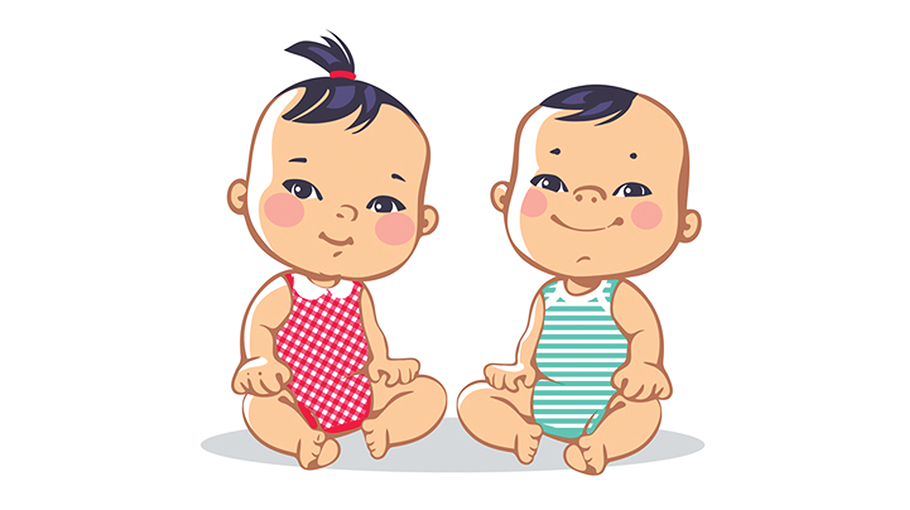Why humans keep the balance
The mystery of 1:1 sex ratio

Why do humans have nearly equal numbers of male and female babies, unlike many other animals? A new genetic study seeks to uncover the secrets behind this 1:1 sex ratio.
According to a science report published on theconversation.com on Thursday, research shows that boys and girls are produced at roughly equal rates, but how is this balance achieved? Scientists are analysing large human data sets for genetic variations that could disrupt this ratio and are exploring the biological rules behind it.
How is the ratio maintained?
Historically, scientists attributed the equal ratio to divine intervention. Today, we understand that sex is determined by chromosomes. Females have two X chromosomes (XX), while males have one X and one Y chromosome (XY). The Y chromosome carries a gene called SRY, which triggers the development of male organs. Without it, an ovary forms, and the embryo becomes female.
The 1:1 ratio arises from how chromosomes are divided in sperm and eggs. Each sperm carries either an X or a Y chromosome, while eggs carry only X chromosomes. When a sperm fertilises an egg, the combination of these chromosomes determines the baby’s sex. Thus, a roughly equal number of X and Y sperm leads to an equal number of boys and girls.
Exceptions in the animal kingdom
Many animals do not follow this 1:1 ratio. Some species have genetic mutations that skew sex ratios or preferentially eliminate embryos of one sex. For example, the marsupial Antechinus stuartii has only about 32% males at birth. Birds and other animals often exhibit varying ratios based on ecological needs.
Some animals, like certain insects, have extreme ratios. In one mite species, there are 15 females for every male, while many fruit fly species produce mostly females due to a bias in sperm.
Why humans maintain 1:1
If sex ratios can vary so widely, why do humans and most mammals stick to 1:1? British statistician Ronald Fisher proposed that this balance is self-correcting. If one sex becomes rarer, parents of that sex will have more grandchildren, leading to a return to parity.
In a recent study by Siliang Song and Jianzhi Zhang from the University of Michigan, researchers examined large human data sets from the UK. They found no evidence that human sex ratios deviate from 1:1 due to genetic factors. While they identified two gene variants influencing sex ratios, these were not inherited.
The study raises intriguing questions. Could human monogamy create unique evolutionary pressures that help maintain this balance? As researchers continue to explore these questions, the mystery of the human sex ratio remains a captivating topic.





